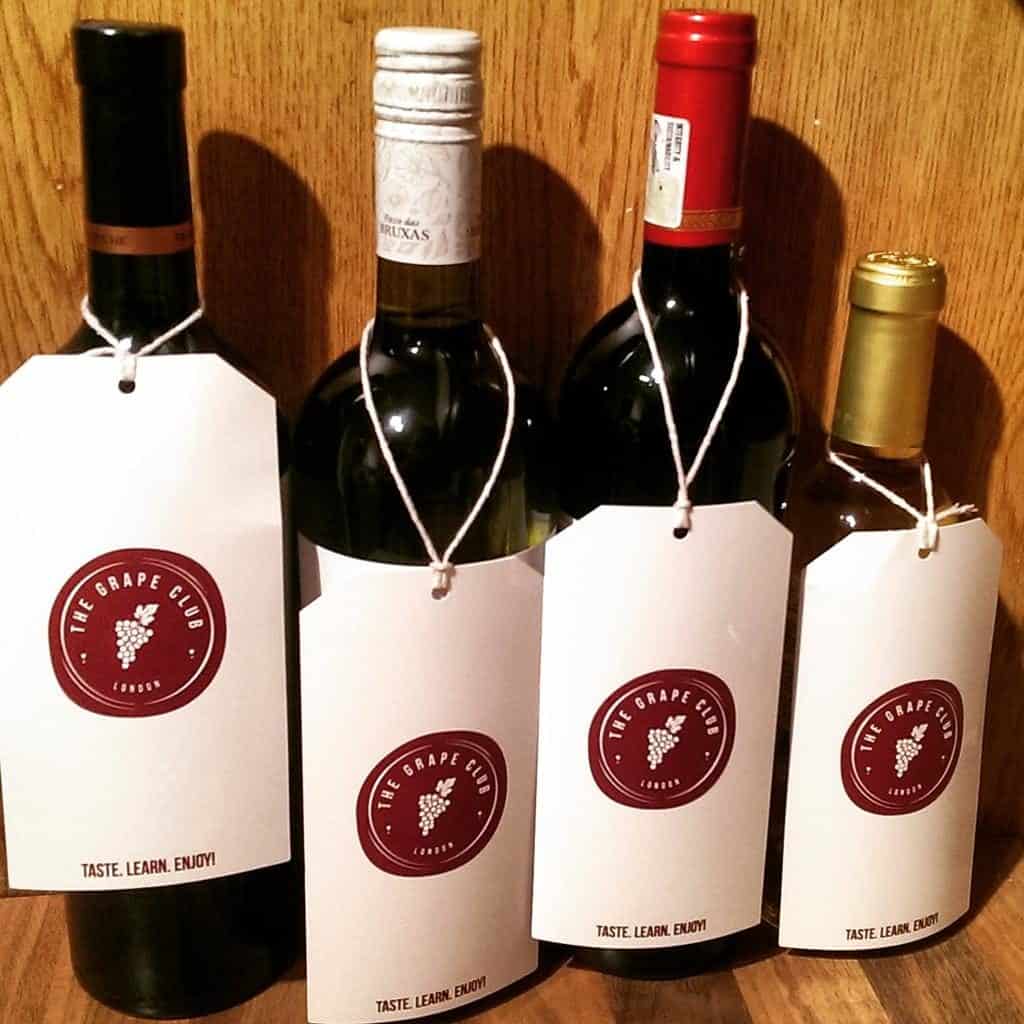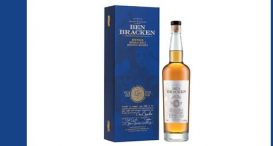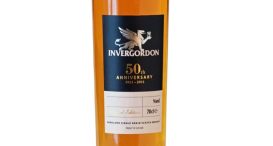Wine: An explanation of the bewildering lingo
let’s begin
Its rare to have an article on GreatDrams that is not about whisky but today I bring you an article I think correlates well with what we do in the whisky world and to demystify some common wine terminology. The piece is written by Ant from our friends at The Grape Club.
The terms ‘body’ ‘tannin’ or any other exotic words used to describe the taste of wine often create bemusement amongst wine drinkers. We’ve put together this brief description of the more common words communicated to dispel any confusion and to enable you to get on with what is most important with wine -Enjoying it!
Fermentation
This is a process that all wine goes through. It is the conversion of sugar in the grapes into alcohol. This happens when yeast reacts with the sugar to produce alcohol and carbon dioxide. This continues until all the sugars have been converted into alcohol. If you are making a sweet wine the fermentation is often stopped before the fermentation can finish so that some sugar is still left over.
This can be done by cooling down the wine (yeast stops working in cold temperatures) or by adding spirits high in alcohol, which kills the yeast. Examples are Port and Sauternes.
Vintage
This is the harvest year – the year in which the grapes are picked. In the Northern Hemisphere the vintage usually takes place between September and October whereas in the Southern Hemisphere, due to more varied seasons, it can happen anytime from late January through to April.
Tannin
Tannins come from the grape skins and from oak. They contribute to the richness and texture of a wine and can normally be detected by the slight drying sensation around your cheeks and gums (a bit like when you drink black tea).
All red wines have tannins but whites don’t tend to unless they have been aged for a long time in oak barrels.
Typically harsh green astringent tannins indicate a cheap or poorly made wine whilst better wines will have more rounded tannins that can give the wine a nice velvety texture.
Acidity
This gives wines their freshness but it doesn’t affect the taste. Wines from cooler climates tend to have higher levels of acidity e.g. Chablis – A chardonnay from the Chablis region in Burgundy, France.
Acidity can be detected by how much your mouth waters after a sip. The more your mouth waters the higher the acidity.
Acidity, along with alcohol, prevents bacteria developing in wine and is an important factor in helping a wine age.
Body
The body is all the different components of a wine coming together creating the overall ‘mouth feel’. Generally wines with high tannins will be fuller bodied e.g. a Bordeaux Cabernet Sauvignon whereas wines with higher acidity will be lighter bodied e.g. Burgundy Pinot Noir.
Tip: Whites can also be full bodied e.g. A Chardonnay that has spent a lot of time in oak. An example of detecting the ‘body’ of a wine is similar to the different types of milk – skimmed, semi skimmed and full fat.
Finish
This is how long the different flavours of the wine last in your mouth once you’ve had a sip. Typically the longer the finish on the mouth, the better quality the wine is. With bad quality wines you are quickly left with a harsh bitter taste.
Below is a short description of the two main aging techniques, which are important to have a brief idea of as they can have a big impact on how a wine tastes.
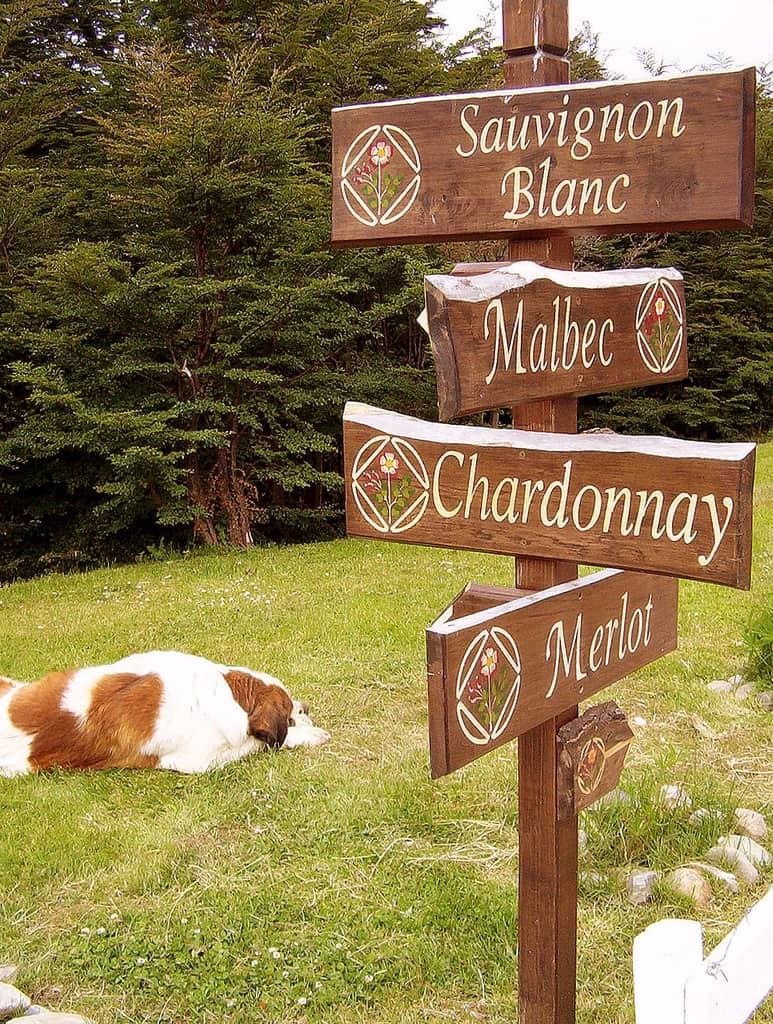
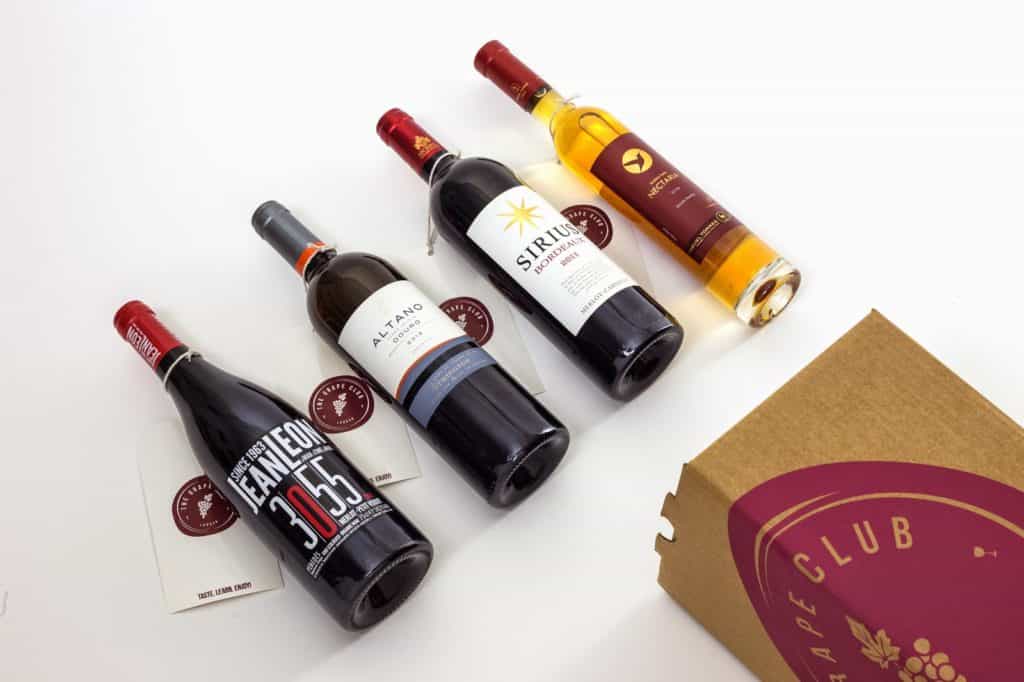
Oak ageing
This signifies that once a wine has been made it has been matured in oak barrels for a certain period of time before being bottled and released to the market. Oak ageing can be expensive (new oak barrels can cost anything up to £800) and so high quality wines see this type of ageing. Other wise some wine makers can add oak chips to help integrate a hint of oak into the wine without the vast expense of new oak barrels.
Aging a wine in oak is used to add tannin as this adds to the structure of the wine increasing its textural complexity. The wine can also gain toast, smoke, or vanilla aromas from the oak.
Most white wines (with the exception of some Chardonnays) do not go through oak ageing, as the oak can affect their more delicate fresh aromas.
Stainless steel ageing
Sometimes the winemaker does not want the wine to have any oak contact because they want to retain as many of the primary fruit flavours as possible. These wines are therefore briefly aged in inert stainless steel tanks, which don’t impart any flavours on the wine. Inexpensive wines are also aged in this way.
Bottle ageing
The large majority of wines are meant to be drunk within a couple of years of bottling and therefore do not benefit from bottle aging. Prime examples of this are fresh white wines, which have been made in stainless steel and are intended to be drunk whilst young to retain their freshness. A Sauvignon Blanc that is more than a couple of years old tends to lose it’s fruity freshness and all that remains is the alcohol.
We hope this helps make everything a bit clearer. This is just a start to understanding the vocabulary used in the wine world but it does help explain a few things. If there are other words that you’d like us to interpret, please let us know.
Drop us an email at [email protected] and we’ll try and help as best we can.
Ant and Louisa x
